- NEW DVD Series – Stone Setting with Bezels
- Tube Set Charm by Kim St. Jean
- Prong Basket Pendant by Kim St. Jean
- NEW DVD Series – Stone Setting with Cold Connections
- New DVD Series – Stone Setting with Wire
- NEW DVD Series: Introduction to Stone Setting by Kim St. Jean
- Featured Tool: Bracelet Bending Plier
- NEW Dvd by Eva Sherman
- Fun, Fast Fold Forming DVD Series
- Double Band Ear Cuff from Alex Simkin
What Type of Wire Should I Use?
by Judy Ellis, Wire-Sculpture.com
Daily Wire Jewelry Tip January 21, 2015
What Type of Wire Should I Use?
When first starting out in the wire-wrapping business, it may be a bit confusing about what types of wires to use for various projects. So for today’s tip, I thought I’d share some recommendations in choosing the temper of your wire.
How to pick the hardness of your desired wire:
Hardness is the measurement of the malleability or temper of a substance. When purchasing raw materials for wire-work, you will find that wire comes in several different levels of hardness, only a few of which are commonly used by jewelers. The most typical jewelry wire can be categorized into three groups: Hard, half-hard, or dead soft.
Hard Wire is difficult to bend and can be stiff if trying to manipulate with bare hands. Tools are highly recommended when using hard wire for this reason. Hard wire is excellent for holding its shape and for making clasps and other findings that will likely be stressed.
Half-Hard Wire is malleable, but most people will need to use tools or jigs to bend it into shape. Half hard will; however, maintain a fairly intricate shape under moderate stress after it has been work hardened. It is very useful for light weight-bearing parts of wire-wrapped jewelry and is terrific for creating angular bends, wire loops, and for wrapping wire around itself.
Dead Soft Wire is extremely malleable and can be bent easily into a myriad of shapes by using the hands. It does not hold its shape in stress situations, such as clasps, until it is hardened. Dead soft wire is great for making loops, swirls, and spirals.
Keep in mind that the gauge (thickness) of the wire will also have an effect on its hardness. For example, a piece of 12 gauge wire is relatively thick, and even at dead soft hardness will not bend as easily as 18 gauge wire of the same hardness. Large wire is not recommended for the beginner.
Click Below to view the different types of Hard, half-hard and dead soft wire:
Let’s take a look at Wire Gauge:
28-34 gaug:
- The wires’ diameter measures from 0.013-.006 inches or 0.32-.16 millimeters. This is EXTREMELY fine wire. Wires with these gauges tend to kink and bend a lot —nylon jaw pliers will need to be used. Is great for wire wrapping using small beads, wire weaving, and wire crocheting.
26 gauge:
- The diameter of this wire measures at .016 inches or .41 millimeters. Again, this is very thin wire and nylon jaw pliers and fine-tipped tools should be used. Is good for wire wrapping beads and seed bead jewelry.
24 gauge
- The diameter measures 0.020 inches or 0.51 millimeters. This is still considered fine wire and the nylon jaw pliers are recommended when it gets kinks. Great when using pearls and small crystals.
22 gauge:
- The diameter measures 0.025″ inches or 0.64 millimeters. This gauge is ideal to use when 20-gauge is just a bit too thick. This is a wonderful multipurpose wire and is excellent for wire wrapping beads and semi-precious stones.
20 gauge:
- 20 gauge wire measures 0.032″ or .81 millimeters in diameter. This is considered a medium wire in jewelry making and, just as the 22 gauge, it is a fantastic multipurpose wire. Works well for making ear wires, clasps, and headpins as well as wrapping glass and coiled beads. It is also recommended when making bracelets.
18 gauge:
- Measures 0.040 inches or 1.02 millimeters in diameter. Is considered medium thick wire in jewelry making. Works well for making clasps, wire wrapping beads with large holes, bracelet making, and earrings.
16 gauge:
- Measures 0.051 inches or 1.29 millimeters in diameter. This is a thick wire. It is recommended that heavy duty tools are used when manipulating this wire. It is not recommended for the beginner. Can be used for neck wires, rings, and bracelet bases.
Click Below to Find the Jewelry Wire You’re Looking For!
I hope you’ve enjoyed this tip on wire temper and wire gauge!
Happy Wrapping!
![]()
Click to Receive Daily Tips by Email





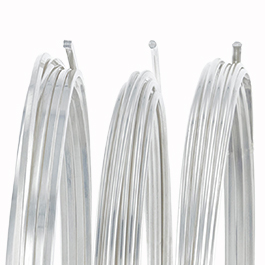
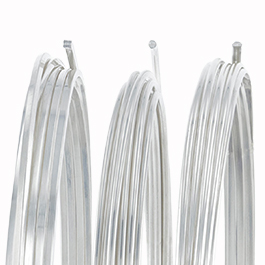
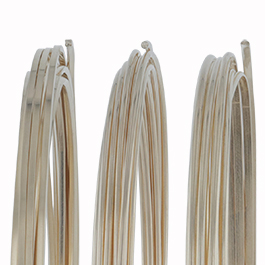
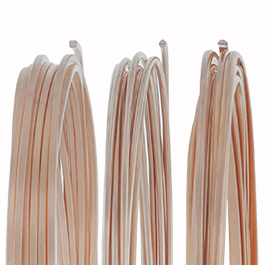
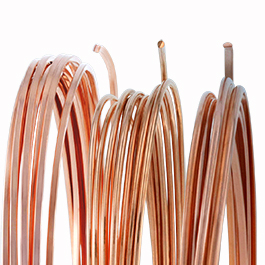
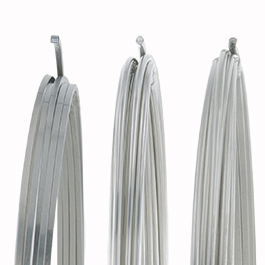
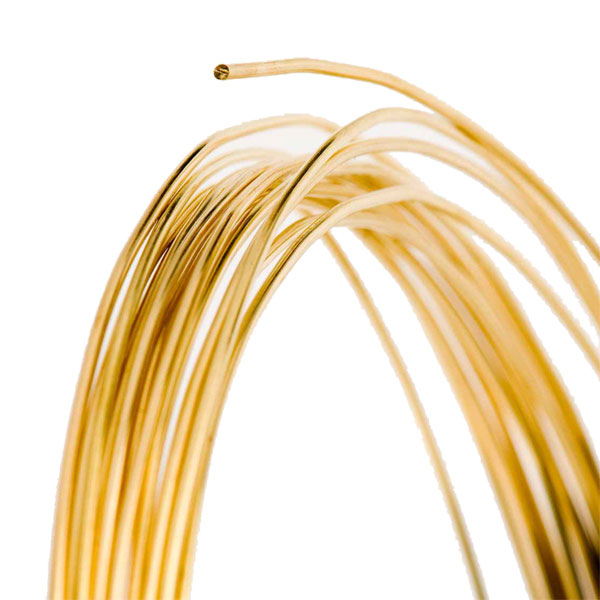
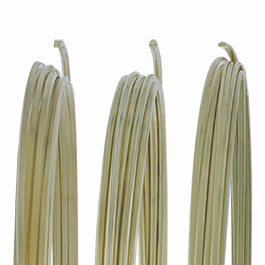
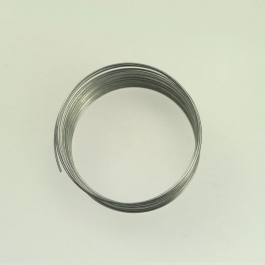














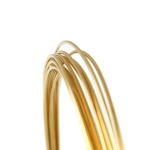














Rose
January 21, 2015 at 10:44 am
What is meant by “after it has been work hardened”?